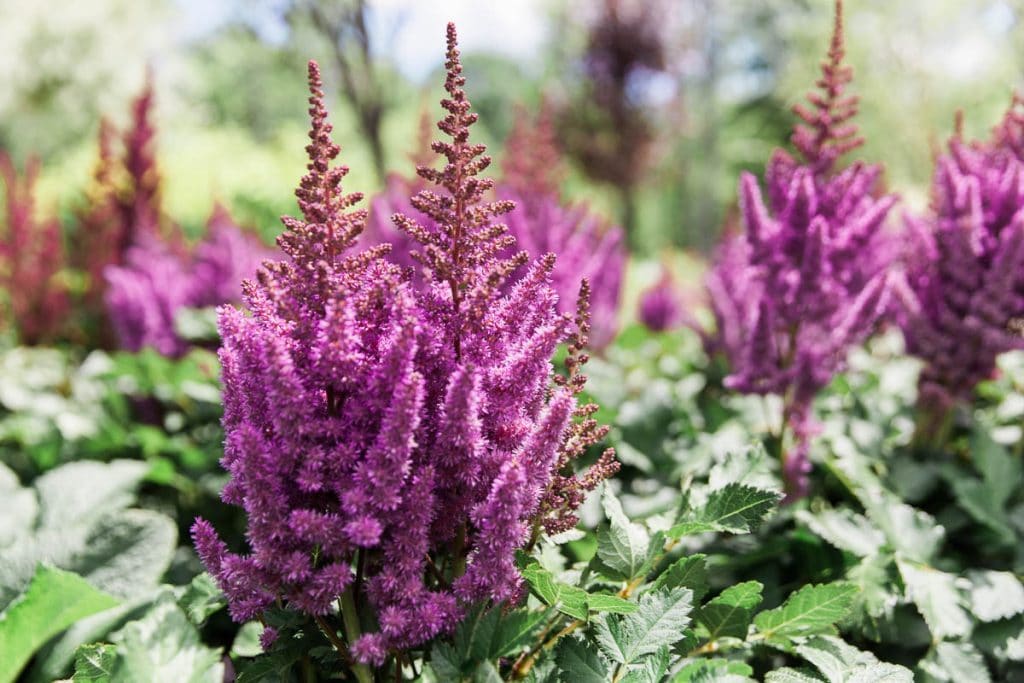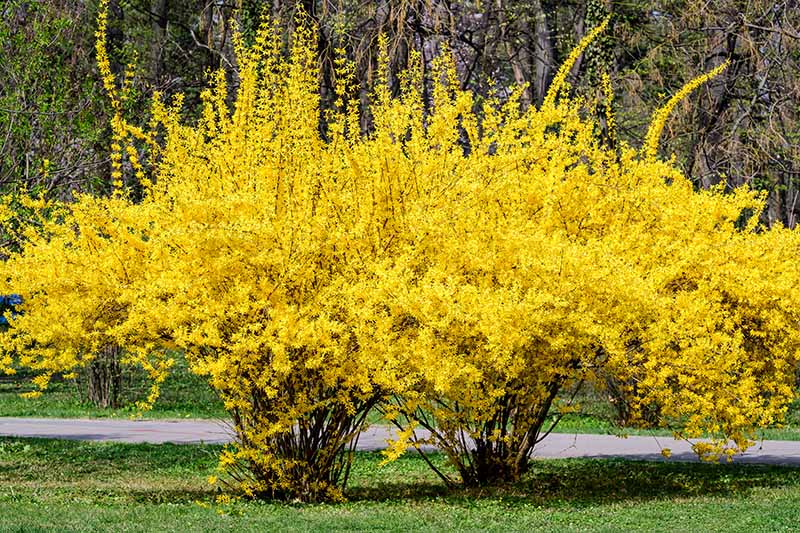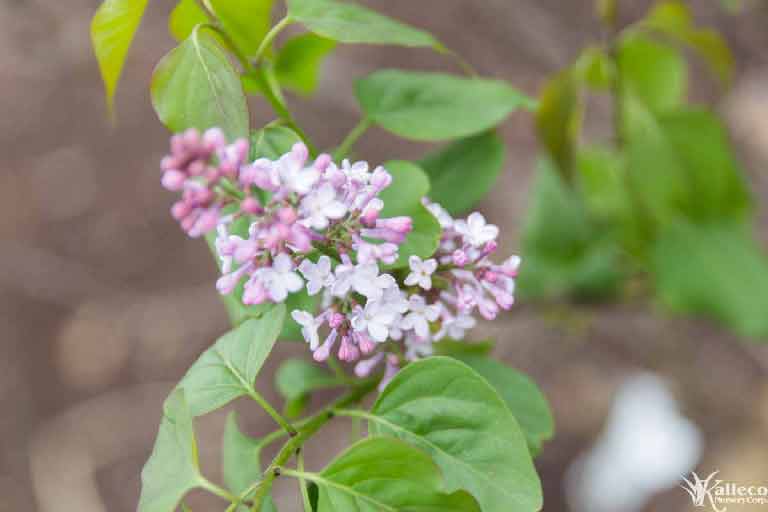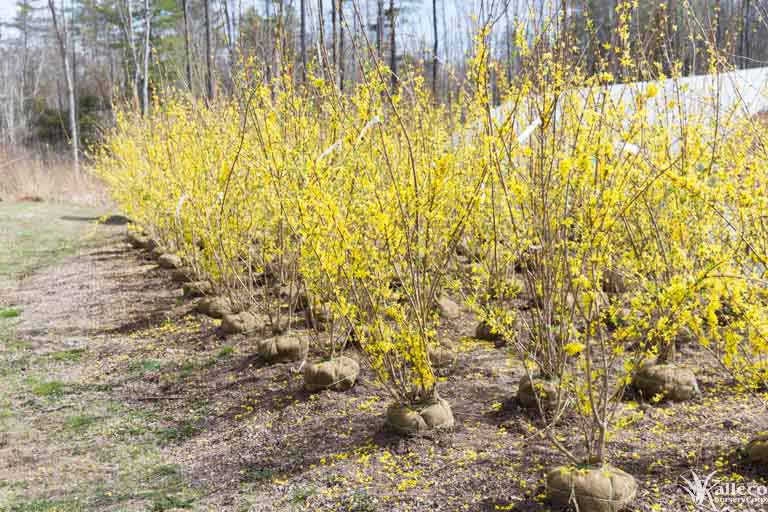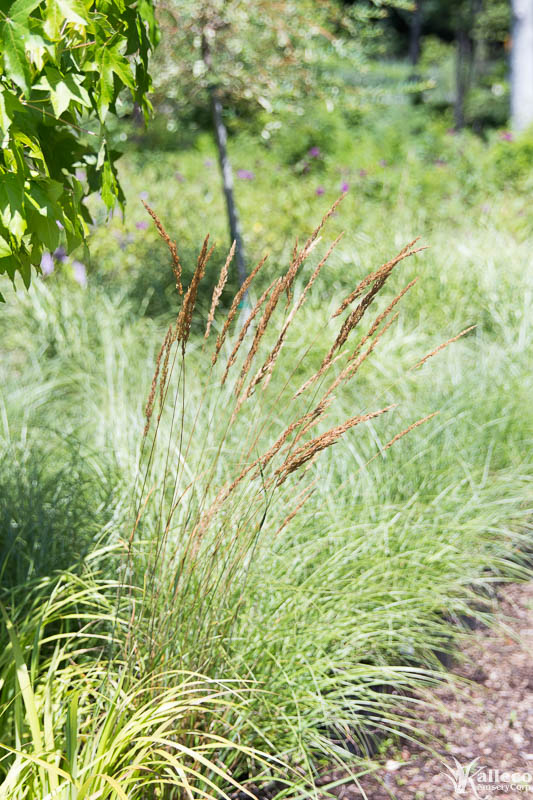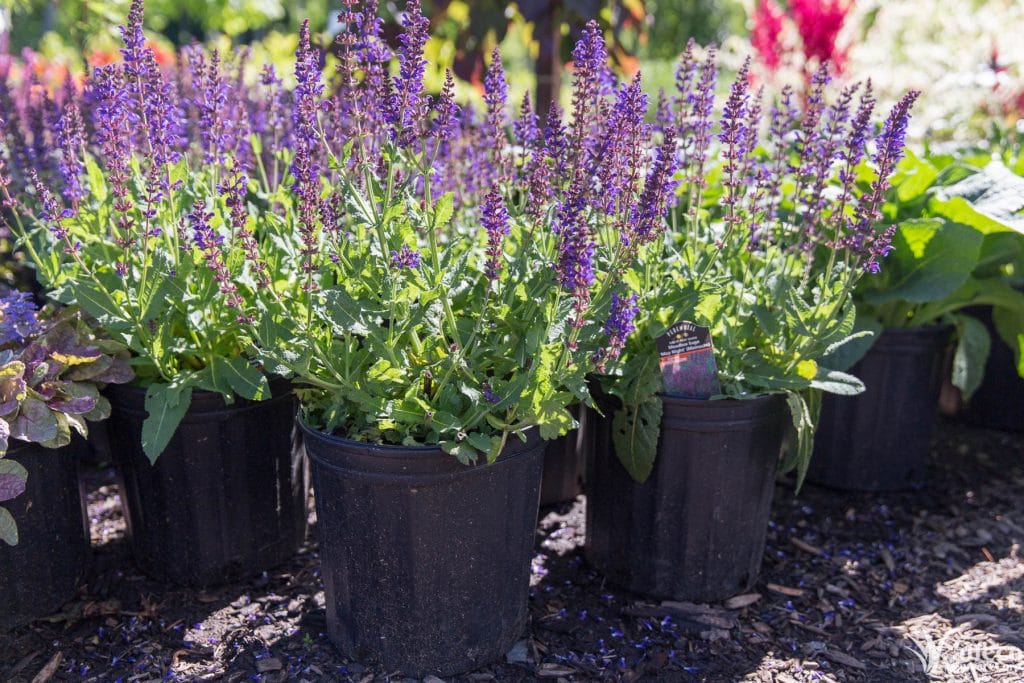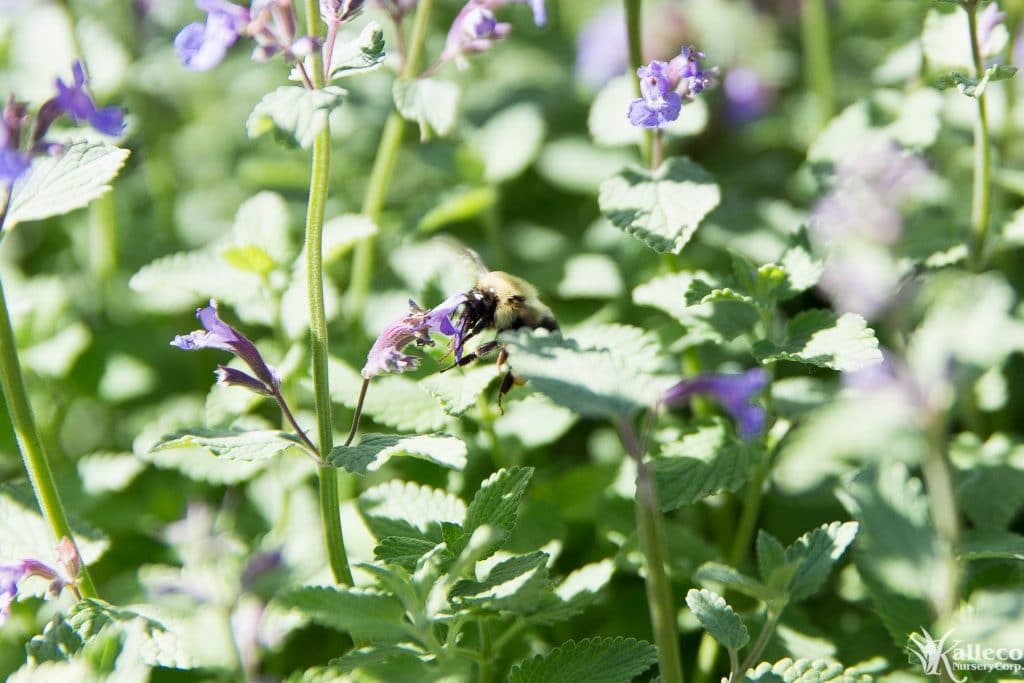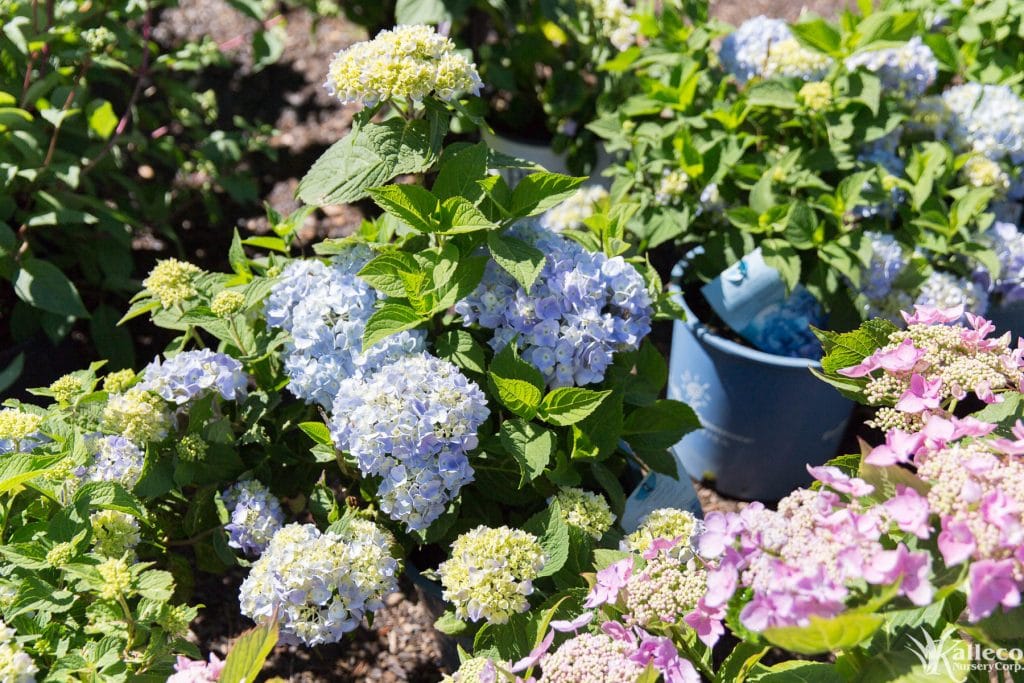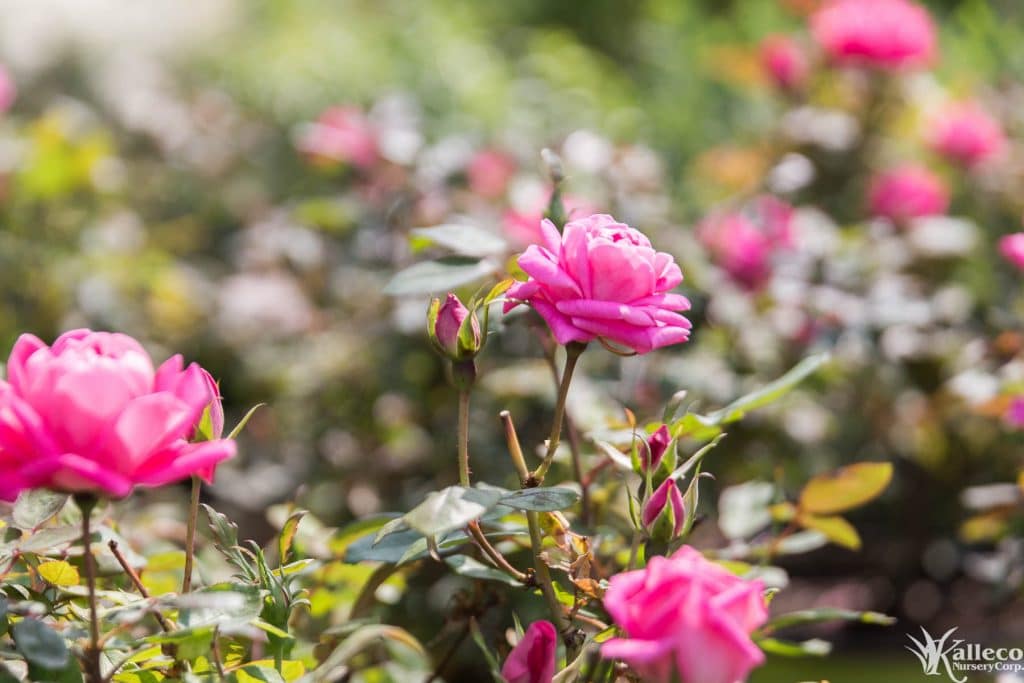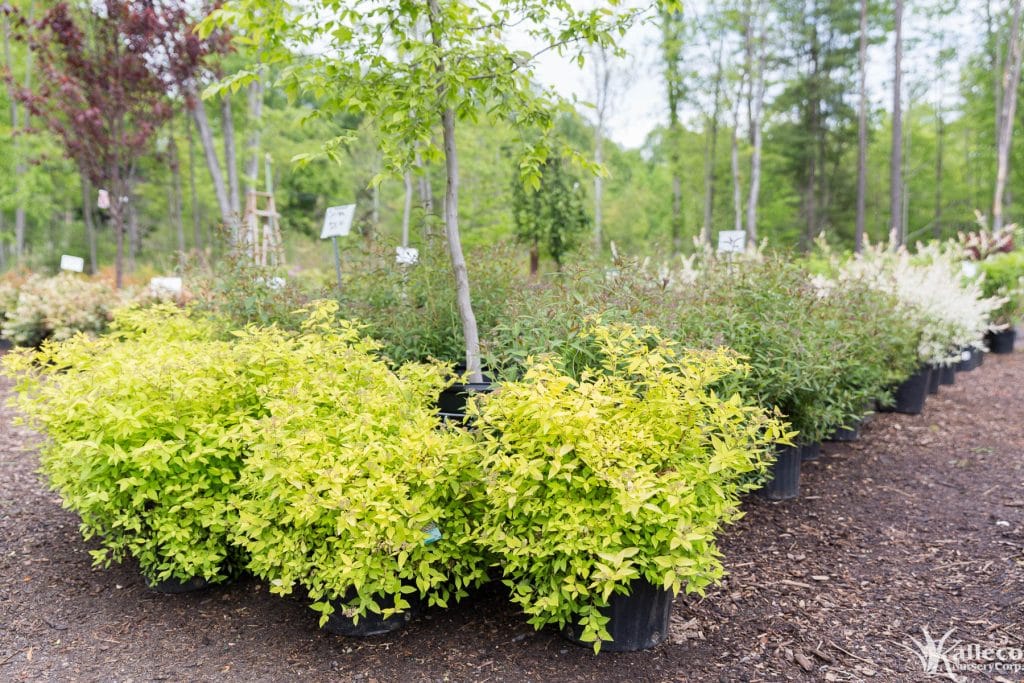One of the most common questions people ask us at the nursery is “what can I plant that is Deer Resistant?” Living in the Hudson Valley we all know the deer are everywhere, so finding the perfect plant that won’t get destroyed is important when planning your garden. Unfortunately, the answer is not as simple as we would all like it to be. Below is a list of several recommendations by our expert … [Read more...]
Lilac – Plant Profile
Syringa vulgaris Common Varieties: "Miss Kim", "Lincoln", "Mme. Lemoine", "Miss Canada", Dwarf Korean, Persian Lilac Description: Lilacs are a type of deciduous, flowering plant that's generally a shrub, but some varieties can become trees. They're famous for their fragrant clusters of flowers that appear in late May. Lilac is a multi-stem, woody shrub covered in broad, bright green … [Read more...]
Forsythia – Plant Profile
Forsythia suspensa Other Names: "Golden Bell" If you live in upstate New York, you’ve probably seen forsythia before. Those gorgeous yellow blooms are the first sign of spring. They’re also one of the most popular choices for hedges and foundation plantings. Description: Forsythia is a deciduous shrub that, left untouched, can grow to 8' in height. It's stems start green, but with … [Read more...]
Planting Bee Gardens
You don't have to be a beekeeper to support your local bee population. Bee gardens can be as lovely and low-maintenance as any regular garden, and feature some perennial favorites! In general, bees prefer small or shallow flowers with easy access to nectar. Sweet-smelling and brightly colored will help draw bees in, and providing more structural plants like woody shrubs and trees can make your … [Read more...]
Hydrangea – Plant Profile
Hydrangea. Description: Hydrangea describes a number of deciduous, woody-stemmed shrubs with iconic clusters of flowers. The foliage comes in many shades of green, and varies in shape depending on the variety. Hydrangeas are best known for their clusters of four- or five-petal flowers that bloom late June into the fall. Color ranges greatly, red and pink to purple and blue, and some … [Read more...]

